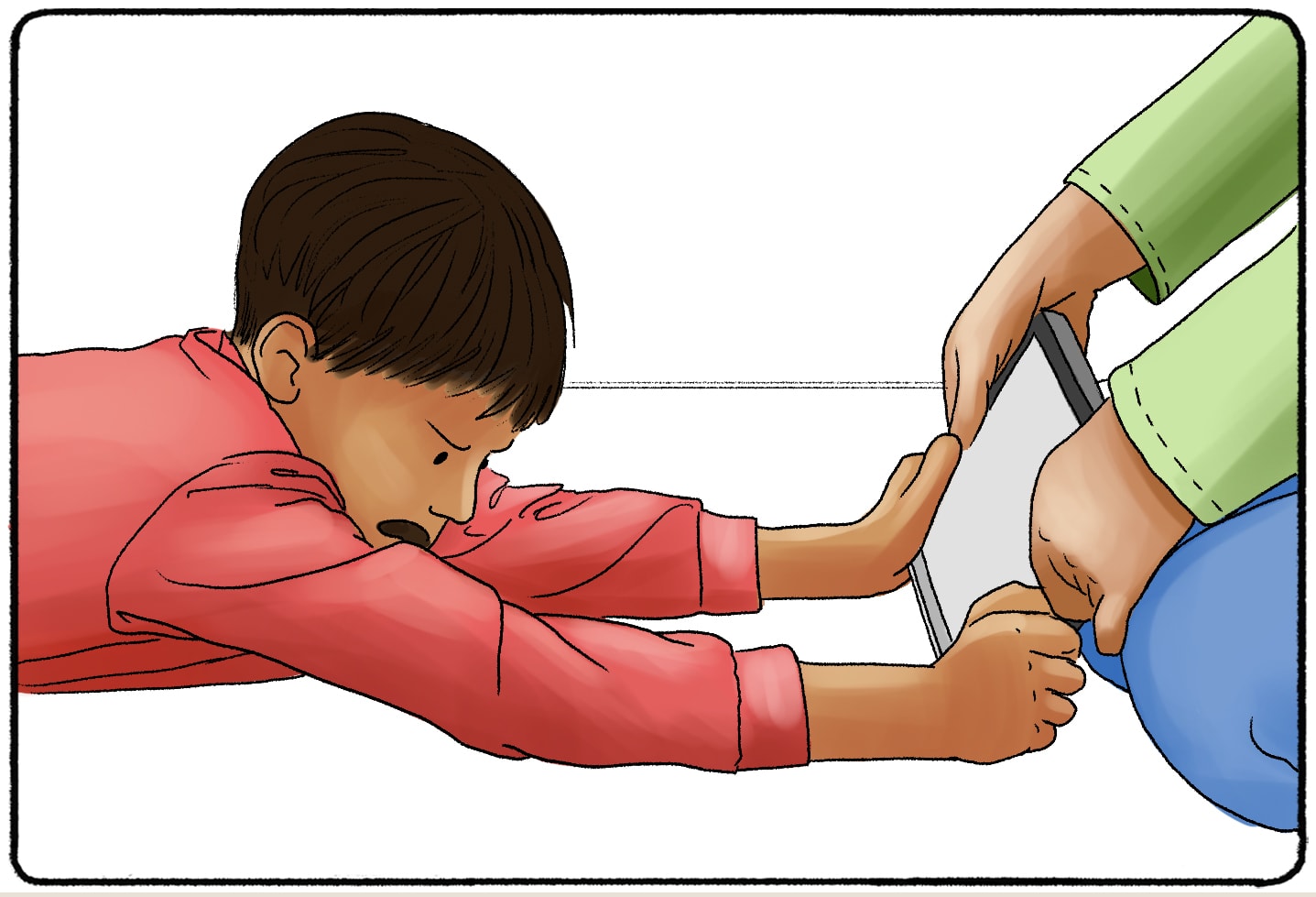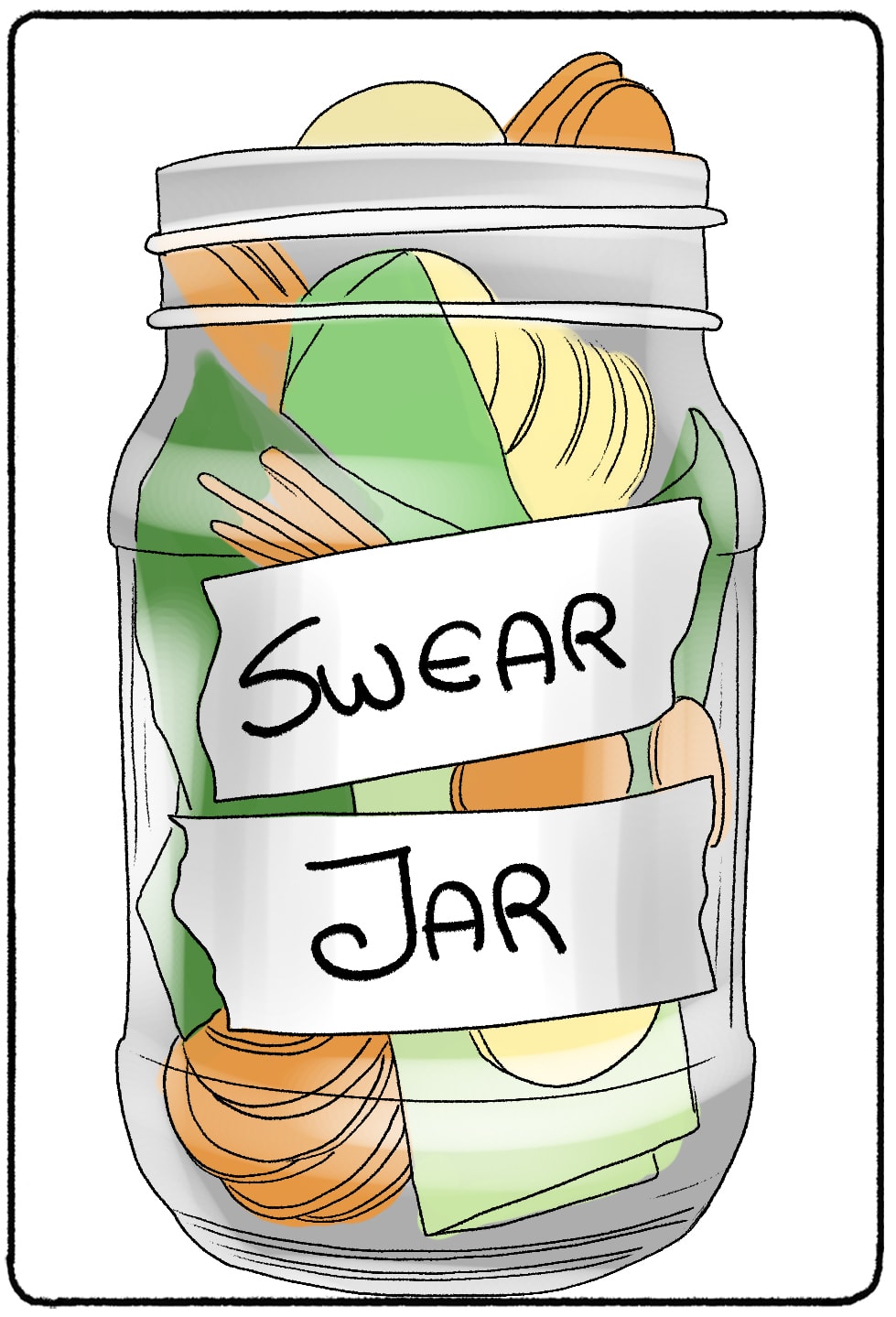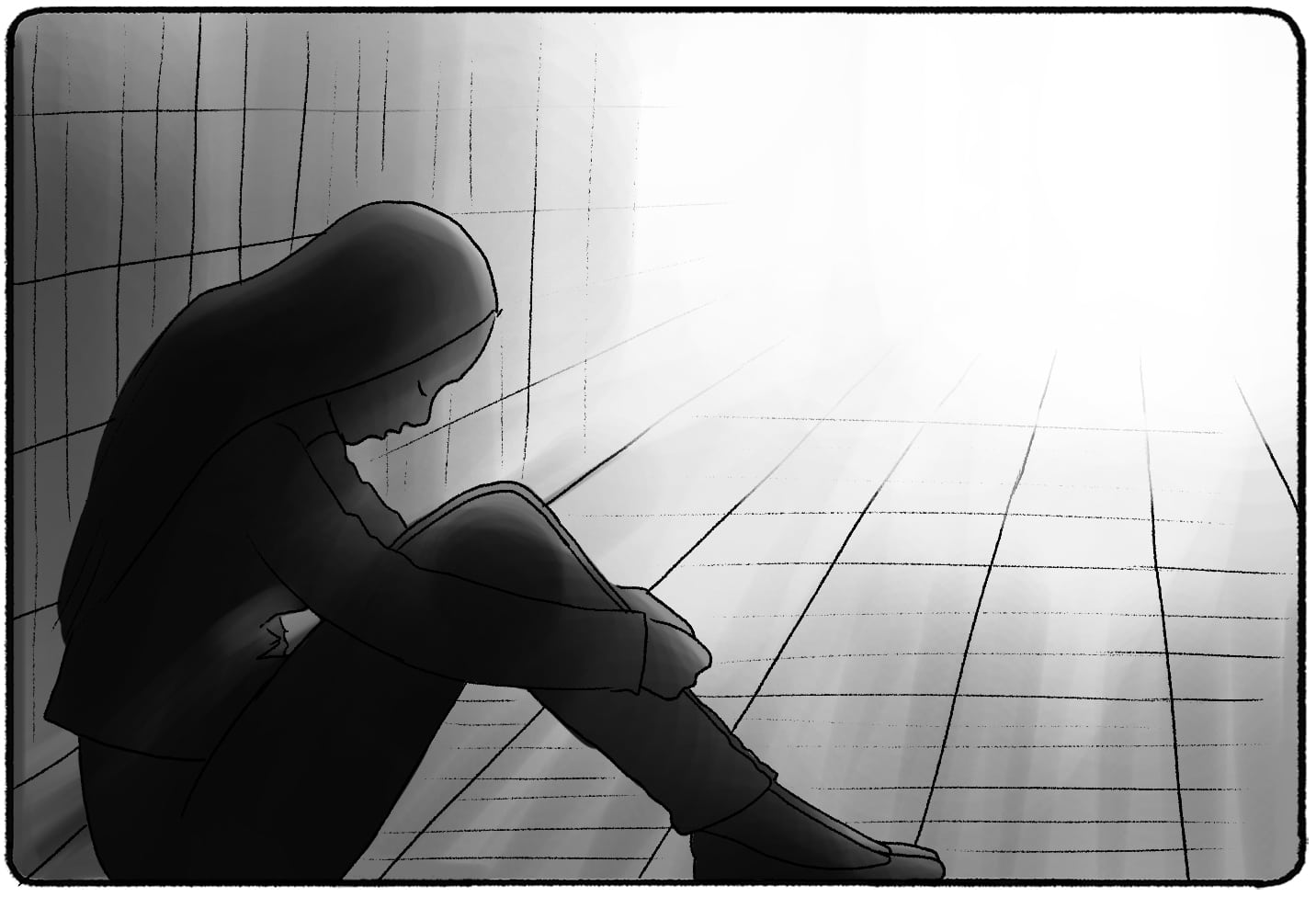In the 1930s, behavioral psychologist BF Skinner studied the ways that motivation, punishment, and reinforcement worked together to influence decision-making and behavior. To this day, Skinner is known as one of the most influential modern psychologists. His theory of Operant Conditioning is an important concept to understand in the history of behaviorism and psychology.
Within BF Skinner's theory of operant conditioning is negative punishment, one of the forms of punishment that were studied by Skinner and other behaviorists. We will describe what negative punishment is, how it fits into larger theories in psychology, and whether this actually “works” to change a person’s behavior.
What is Negative Punishment?
Negative Punishment is the act of removing a stimulus to remove a certain behavior. For example, if your child is making a mess of their toys, you can take a toy away to incentivize them to pick them up next time.
We’ll start by defining exactly what negative punishment is. Let’s say your child has a habit of drawing on the walls. You want to stop that behavior. The next time your child draws on the wall, you immediately take away the use of their iPad for the rest of the day. That is negative punishment.
The term “negative punishment” has less to do with the negative feelings of being punished, and more with the stimuli that are altered after the unwanted behavior. Negative punishments occur when a stimulus is removed after the behavior is performed. The child drew on the wall (the behavior,) so you responded by removing the use of the iPad (the stimulus.)

Positive Punishment
Let’s contrast this with “positive punishment.” Yup, that’s another term in behavioral psychology. Positive punishment occurs when a stimulus is added after a behavior is performed. Giving someone a slap on the wrist, making them write on a chalkboard, or telling them to do 20 push-ups are all examples of positive punishment.
Nothing is added during negative punishment - things are only taken away.
Operant Conditioning
This sounds like an obvious concept, but it wasn’t always that way. In the early 1900s, behavioral psychologists were observing how people learned new things. Did they learn through observation? Mimicking? Or are certain behaviors simply part of our nature?
Russian psychologist Ivan Pavlov changed the world of psychology with his famous dog experiments. Pavlov would ring a bell every time the dogs were presented with drool-inducing food. After a while, the dogs would drool at the sound of the bell. These experiments introduced the idea of classical conditioning to the world.
But a bell is far from punishment, and the drooling induced by the bell’s ring was not voluntary. Pavlov wasn’t training dogs to want to drool or ring a bell. So while classical conditioning showed how stimuli could be paired with involuntary behavior, there was still a long way to go before we could look at the voluntary behaviors of dogs, cats, or humans.
About three decades later, BF Skinner came along. This American psychologist attempted to find ways that people could encourage voluntary behaviors or curb voluntary behaviors that were undesirable. His experiments introduced the world to operant conditioning.
Operant conditioning is a way of learning behaviors through a series of punishments and reinforcements. While negative punishments are not the only form of punishment, they are crucial to shaping the theory of operant conditioning and understanding the ways that people voluntarily choose to exhibit or curb certain behaviors.
Examples of Negative Punishment
What happened when you were a child and you did something wrong? Often, I can bet you were punished. Maybe you had to do extra chores or give away some of your allowance money. Swear jars, chore lists, and being “grounded” are all ways that a child may be punished by their parents.

Did it work? That answer is probably more complicated than just “yes” or “no.” I’m sure you can think of a situation where punishment was effective the first time. You did something “bad,” you were punished, and you never did it again.
But I’m sure that other situations didn’t turn out that way. Maybe the punishment only encouraged you to do the behavior again. The next time you did the “bad” behavior, maybe you lied to avoid punishment or were very sneaky.
Everyone has experienced some sort of negative punishment in their life, whether it’s from a parent, teacher, coach, mentor, babysitter, sibling, or even a friend. Examples of negative punishment can be found everywhere!
More Examples of Negative Punishment
- Your football coach takes away the quarterback’s chance to play in the big game after they fail a class.
- A dog bites an owner while playing with a toy, and the owner immediately takes away that toy.
- Parents set up a swear jar in which children must surrender a quarter or dollar immediately after swearing.
- A person loses their driver’s license after being convicted of a DUI.
- A father loses custody of his children after he fails to pay child support.
- After a student acts up in class, their choir teacher takes away their solo in the school musical.
- A parent takes away their child’s car keys after they were caught sneaking out of the house.
As you can see, there is no one person who is solely capable of giving or receiving negative punishment. Negative punishment varies, but each example includes an undesirable behavior (like swearing,) and a stimulus being removed afterward (like quarters or dollars.)
Negative Punishment in Dog Training
You can use negative punishment alongside other forms of reinforcement, as described in this Reddit post about training a puppy. The user is trying to stop his puppy from performing certain behaviors like jumping on the couch or digging holes in the backyard. He asks for advice on negative punishment. One user responded with great advice and a clarification of the difference between positive and negative punishment.
"Negative punishment is still considered okay under the 'R+ only' or 'force free' umbrella. Positive punishment is adding something to stop a behavior, aka adding a physical punishment. This is what most people are against. Negative punishment means removing something as a punishment. Example, puppy bites me, I leave the room. I removed myself as a “punishment” to the puppy. Some people call this reverse timeout. Positive reinforcement and negative punishment go hand in hand. Puppy bites me. I say no and leave. Negative punishment. Puppy bites toy. I say yes and reward. Positive reinforcement. Through the combo puppy learns what I like and what I don’t like aka what gets him what he wants and what makes what he wants go away."
Does Negative Punishment Work?
BF Skinner, as well as other behavioral psychologists, knew that motivation and behavior are closely linked. This can make negative punishment, as well as positive punishment and different types of reinforcement, tricky.
Yet, negative punishment can be very effective if it is performed appropriately. This means choosing what is removed carefully and removing the stimulus on the proper schedule.
Although the stimuli mentioned above can be a “big deal,” they will likely not cause any long-term effects besides the association between bad behavior and negative punishment. Taking a solo away from a teenager might sting, and although that sends the message to not act up again, they will still be able to go about life with confidence and not hold too much of a grudge against the teacher who gave the punishment.
Taking away basic necessities, however, may cause negative long-term side effects. Removing a child’s food for acting up may affect the child’s mental health both in their development and later in life. The NXIVM cult leader Keith Rainere once punished a cult member by removing all of her access to the outside world in response to her forming a relationship with another man in the cult. While this is a form of negative punishment, it is certainly not one that is effective or ethical. These extreme actions should certainly be avoided.

Scheduling and Negative Punishment
While “scheduling” is something explored more deeply when discussing positive and negative reinforcement, it is worth noting that both removing the stimulus immediately and consistently after the behavior is performed will make the negative punishment more effective. Taking away your child’s car keys three weeks after they snuck out of the house would be confusing (unless you just found out about the behavior three weeks later.) Only taking away the car keys sometimes after a child is caught sneaking out will send mixed messages. The intention behind negative punishment is for the person to associate the undesired behavior with a negative consequence through the removal of a stimulus. A child is less likely to perform a negative behavior if they can guarantee that they will receive a punishment immediately after.
Alternative Behaviors
BF Skinner himself recommended that in addition to the negative punishment, the person should receive instruction or communication on alternative behaviors. A parent who takes away a child’s allowance for bugging their sister on a road trip may be effective in their efforts, but they may not be. Using negative punishment alone, the parent fails to teach the child how to handle themselves on road trips in the future. Maybe the child was bugging their sister because they were feeling restless. Communicating ways to deal with restlessness, like asking for a coloring book or meditation, can give the child other behaviors to perform and may further curb the undesired behavior. This form of communication may not work if you are trying to train a dog, so consult with psychologists or experts if you have further questions about behavior, stimuli, and the proper way to approach discipline.
Can You Use Negative Punishment On Yourself?
Sure! If you want to discourage yourself from performing certain behaviors, consider taking away access to items that you like. Maybe you want to stop spending money.
- To keep your spending low, you keep track of how many charges you rack up on your card.
- Set upper limits for yourself. How much do you want to spend? For this example, let's say you want to limit yourself to $1,000 a week.
- When you hit that number, take away something that you enjoy. The stimulus could be video games, time with friends, or dessert.
- Stick to it! This is the hardest part of using negative punishment on yourself. It's easy to make excuses and indulge in the thing that is supposed to be out of reach. Accountabilibuddies can help you enforce the conditioning you are placing on yourself.
In this example, you may ask your roommate to lock your video games in their room as a negative punishment for spending too much on your credit card. No matter how much you beg or talk your way out of it, the roommate has to keep your stuff until you pay off your card. This might sound silly, but it could be the one thing that keeps you from spending!



